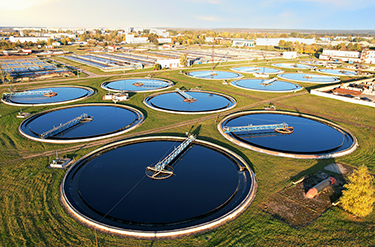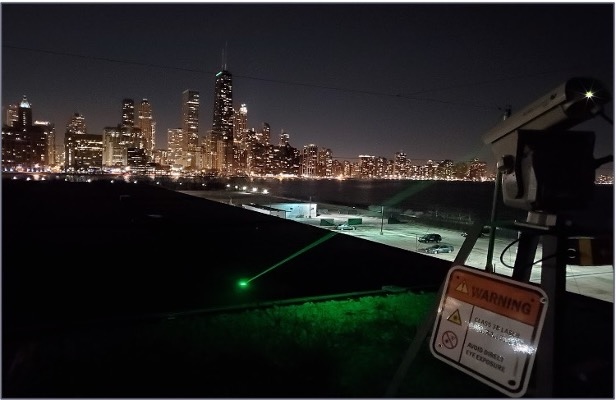Water and wastewater treatment plants play critical roles protecting water quality. Nuisance birds – such as Canada geese, gulls, pigeons, and swallows – are some of the common birds that affect water and wastewater treatment facilities. Common problem areas at treatment plants include but are not limited to: rooftops, treatment equipment (e.g., distribution pipes, tanks), and non-treatment assets (e.g., vehicles).

Problems
Property & Asset Damage
The presence of water and large, elevated surfaces at water and wastewater facilities is attractive to birds. The accumulation of bird droppings and nesting material can damage facility assets and treatment equipment – and increase associated cleaning and maintenance costs.
Facility Health Risks
Bird droppings harbor disease-causing bacteria, including e. Coli. Bird droppings are also incredibly acidic, with a pH level similar to vinegar. When droppings accumulate at water and wastewater facilities, they can change the water chemistry; to compensate, additional chemicals must be used to adequately treat the water.
Human Health & Safety Risks
The accumulation of bird droppings results in unsanitary working conditions and can increase the risk of slip hazards. In extreme circumstances, unionized employees have even refused to work in such conditions until long-term solutions were implemented. Furthermore, during their respective nesting seasons, nuisance birds can become aggressive, endangering employees, contractors, and the general public.
Solutions
Water and wastewater treatment plants can manage their nuisance bird issues by leveraging bird management solutions, including automated lasers, structural deterrents, population control and trained canine harassment programs. The most appropriate solution will vary by plant and should be based upon the specific bird species involved and the behaviors the birds exhibit.


To learn how Wild Goose Chase used a tailored, biology-based deterrence strategy to reduce the presence of gulls by 93% at the nation’s largest water purification plant, read our case study.


